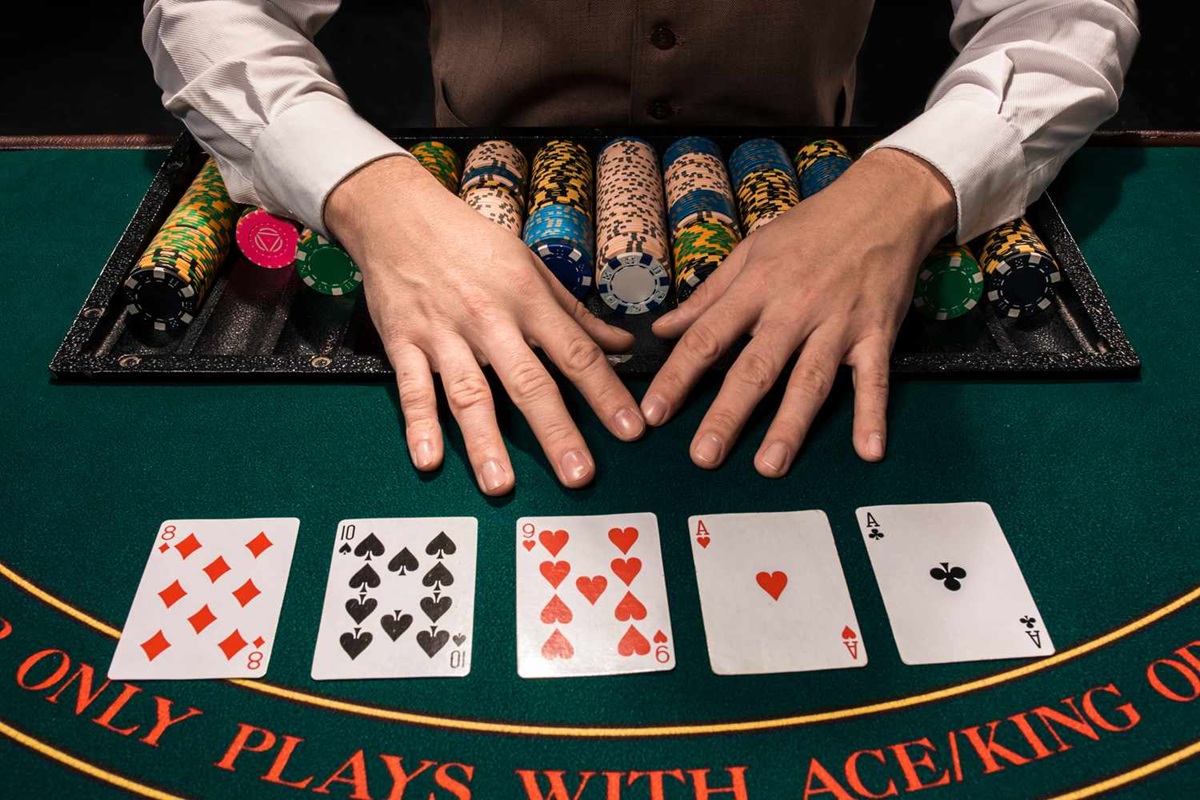San Francisco, the epicenter of innovation and home to some of the brightest analytical minds, has always thrived on nuance and strategy. It’s no surprise, then, that the tech-savvy citizens of this city are drawn to online poker, a game that combines skill, psychology, and data analysis. One subtle but powerful layer of online poker that often goes unnoticed? Bet timing.
Yes, timing in poker does more than move the game forward. It reveals strategies, exposes weaknesses, and offers savvy players a wealth of information about their opponents. Whether you’re playing a casual game at home on your laptop or competing in an online poker tournament, understanding bet timing can give you a crucial edge.
Here’s how bet timing works, how it can unintentionally expose your strategy, and why paying attention to the clock is key for players in San Francisco’s highly analytical culture.
What Is Bet Timing in Online Poker?
Bet timing refers to the amount of time a player takes to make a betting decision, whether it’s to call, raise, or fold. Unlike live poker, where players rely on physical tells like body language or facial expressions, online poker forces players to gauge their opponents through subtler cues. Timing is one of the most telling of those signals.
For example, a player who immediately raises might project confidence or attempted aggression, suggesting they hold a strong hand (or want you to think they do). Conversely, a player who takes an unusually long time to act may be calculating odds or pondering a bluff. These minute timing variations provide insights into what’s happening behind the screen.
Timing Tells to Look For
- Snap Decisions
When a player makes an instant decision, they’re often acting based on autopilot or pre-determination. This can reveal one of two things:
Pre-selected Action: Many online poker platforms allow players to pre-select options like “check” or “fold” before it’s their turn. A snap decision might indicate they’ve already made up their mind, often because they’re holding a weak hand they’re unwilling to invest in.
Strong Hand Confidence: On the flip side, an immediate bet or raise can signal strength. The player might feel so confident about their hand that they don’t see the need to calculate or hesitate.
- Hesitation
Players who hesitate for an extended period often give away a lot about their thought process. For instance:
Bluff Calculation: Long pauses before a raise might mean the player is building a bluff and trying to decide if they can sell it convincingly.
Decision Paralysis: Alternatively, they might have middling cards and find themselves genuinely unsure whether to fold or call.
- Consistent Timing
Some experienced players understand the power of timing tells and intentionally act with consistent speed, regardless of their hand. These players are harder to read but not impossible to outsmart. Knowing that they’re likely masking their intent, you can rely on other clues, such as betting patterns or reactions to aggression.
Why Timing Fits San Francisco Culture
San Francisco is a city that thrives on analysis and critical thinking, from tech startups breaking down user data to researchers advancing AI. Online poker, with all its layers of timing and psychology, fits perfectly into this ecosystem. Players here aren’t just guessing; they’re dissecting every bit of information, including how long you linger before clicking “raise.”
San Francisco’s poker enthusiasts leverage analytical tools like HUDs (heads-up displays) to track timing trends over multiple rounds. This advanced, data-driven approach aligns seamlessly with the city’s tech-first mindset, making it a hotbed for more cerebral poker strategies.

Tips to Master Timing in Online Poker
Control Your Own Timing
Consistency is your ally. Taking the same amount of time to act, regardless of your hand, makes it harder for opponents to pick up on timing tells.
Observe Opponent Trends
Keep mental notes (or use online tools) to track how players react at certain points. Does one player always hesitate when bluffing? Does another snap call only when holding strong hands?
Vary When Necessary
If you think an opponent is studying your timing, throw them off. Take an unusually long time with a strong hand or make quick decisions with a weak one to disrupt their assumptions.
Combine with Other Reads
Timing is powerful, but it’s only one piece of the puzzle. Combine timing observations with betting patterns, pot odds, and general table behavior to build a more comprehensive strategy.
Final Thoughts
Bet timing adds a hidden depth to online poker that many players overlook. For San Francisco’s analytically inclined and strategy-driven population, this layer of subtle psychological warfare amplifies the excitement and skill needed to win. By understanding how to read timing tells—and how to control your own—you can gain an edge that goes beyond the cards in your hand.
Next time you sit down at an online poker table, watch the clock. It might reveal more than the chips on the table.

